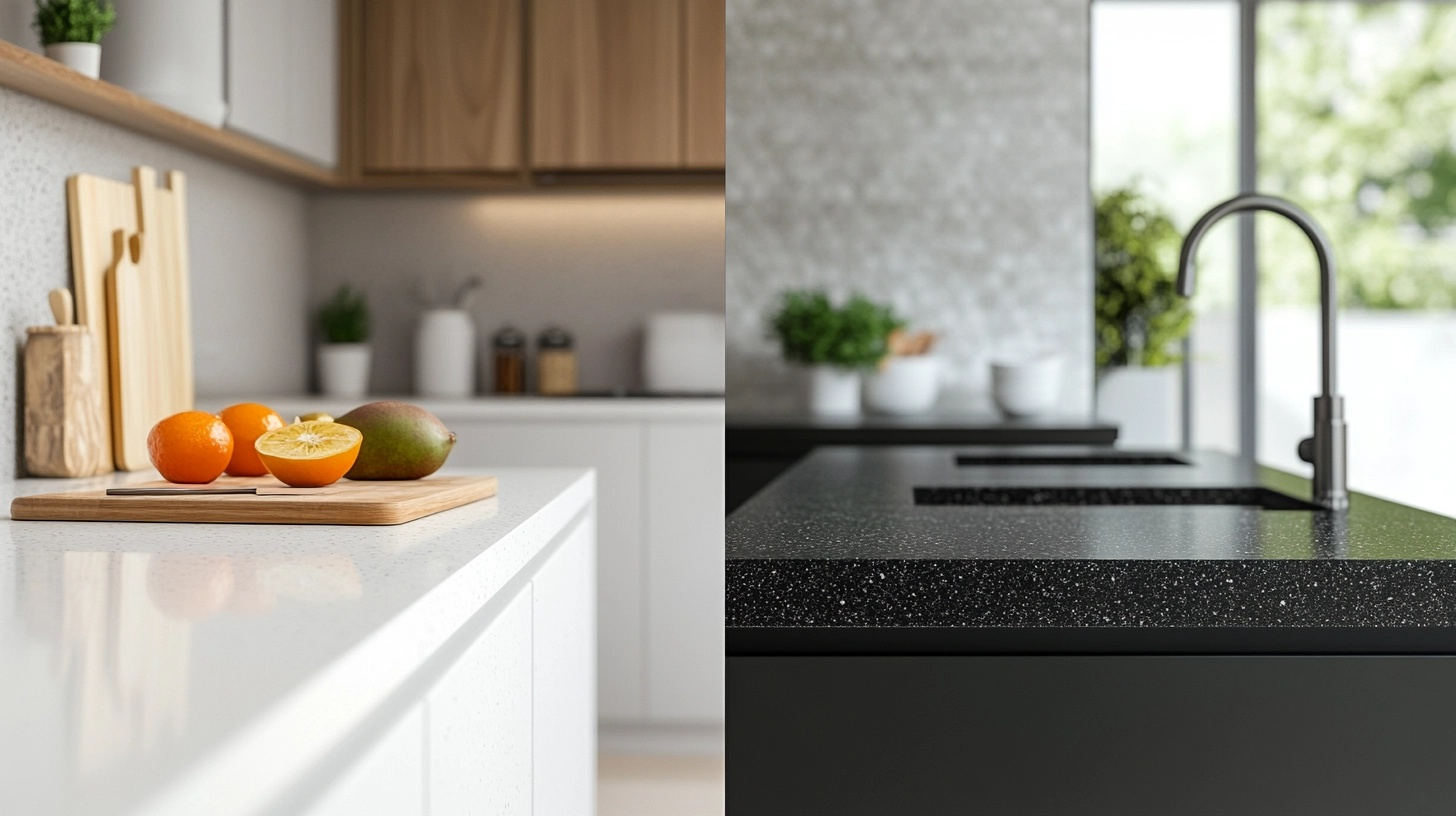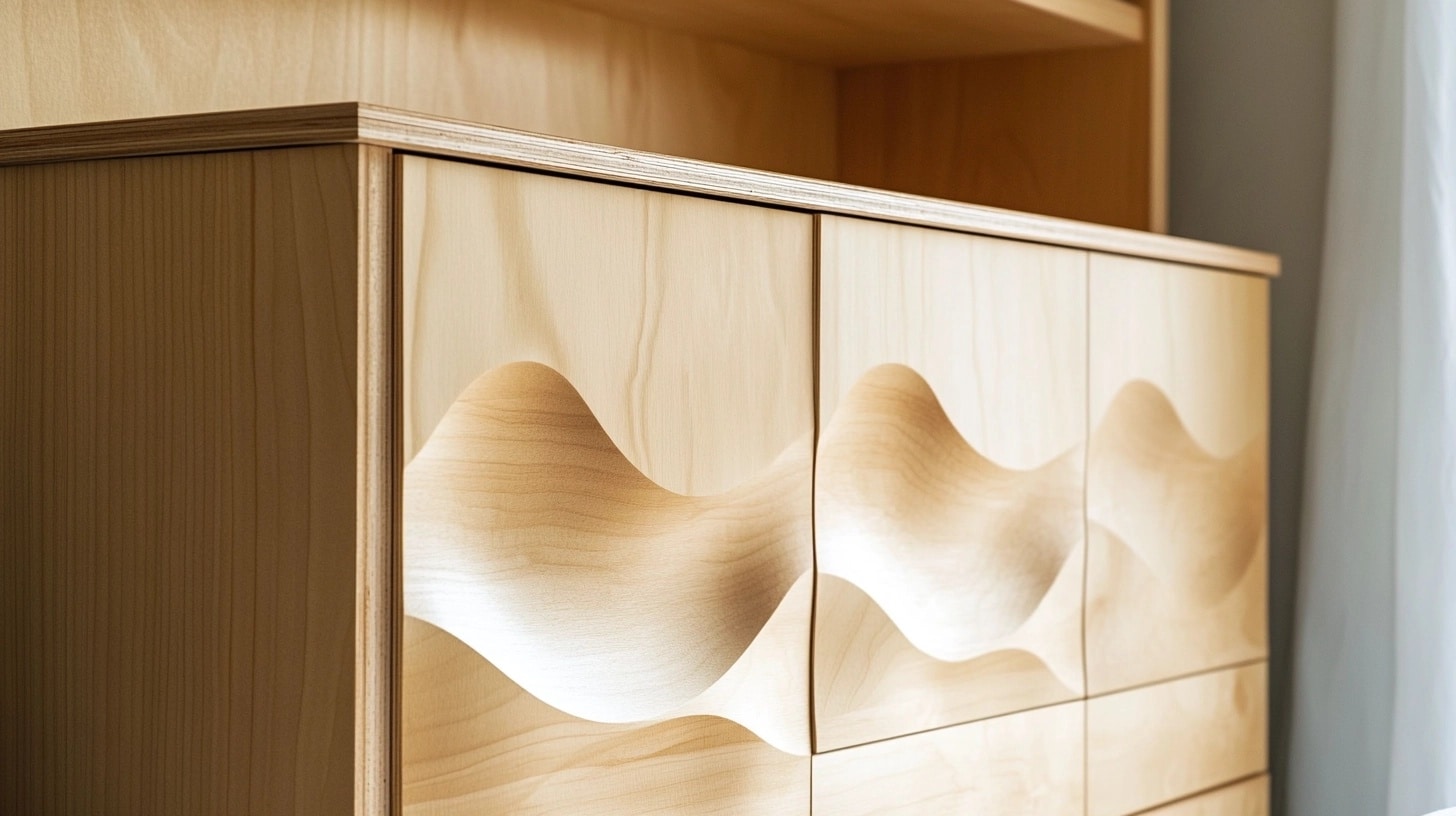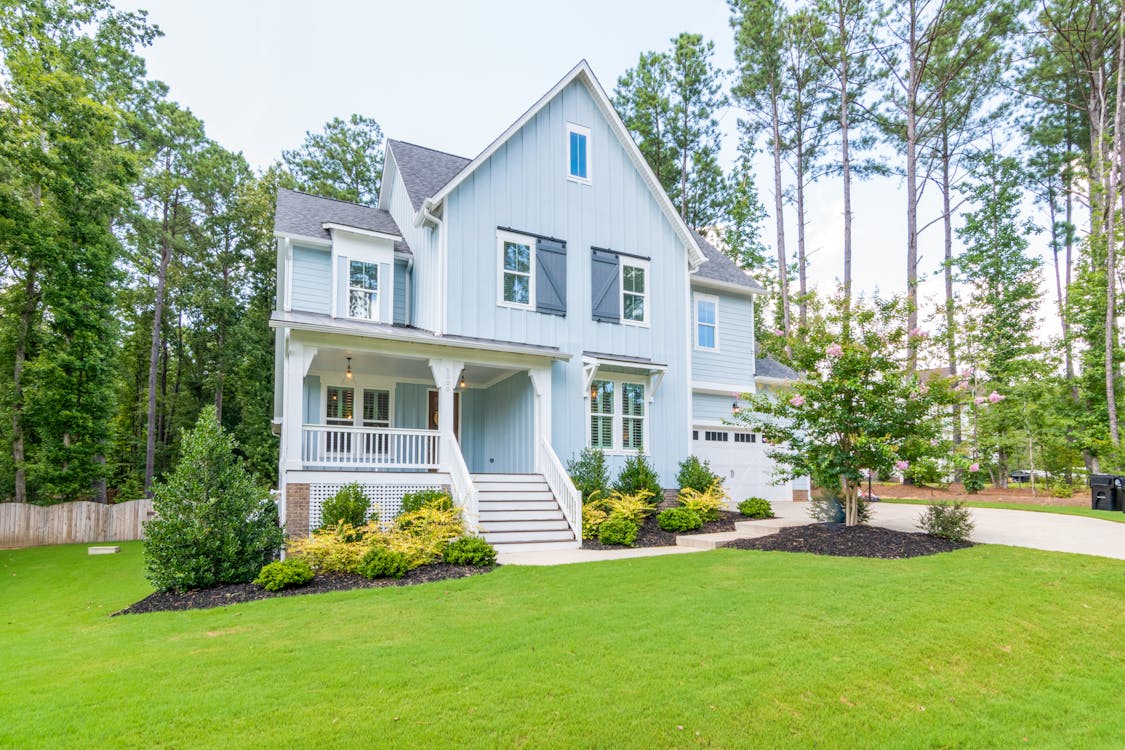The Ultimate Guide to a Fresh Home Remodel
Home remodelling is very exciting, but it also comes with a fair share of challenges. Whether its about updating a kitchen, refreshing a bathroom, or renovating your entire living space, careful planning is key to success.
This guide walks you through the essential steps to prepare for your remodel, covering budgeting, contractor selection, permits, and design ideas.
With practical tips and a clear plan in place, you can avoid common mistakes and ensure a smoother renovation process.
From understanding your home’s needs to putting the final touches on your newly remodeled space, we’ve got you covered every step of the way.
Let’s get started on making your home a better fit for your needs and lifestyle.
Understanding the Basics of Home Remodeling
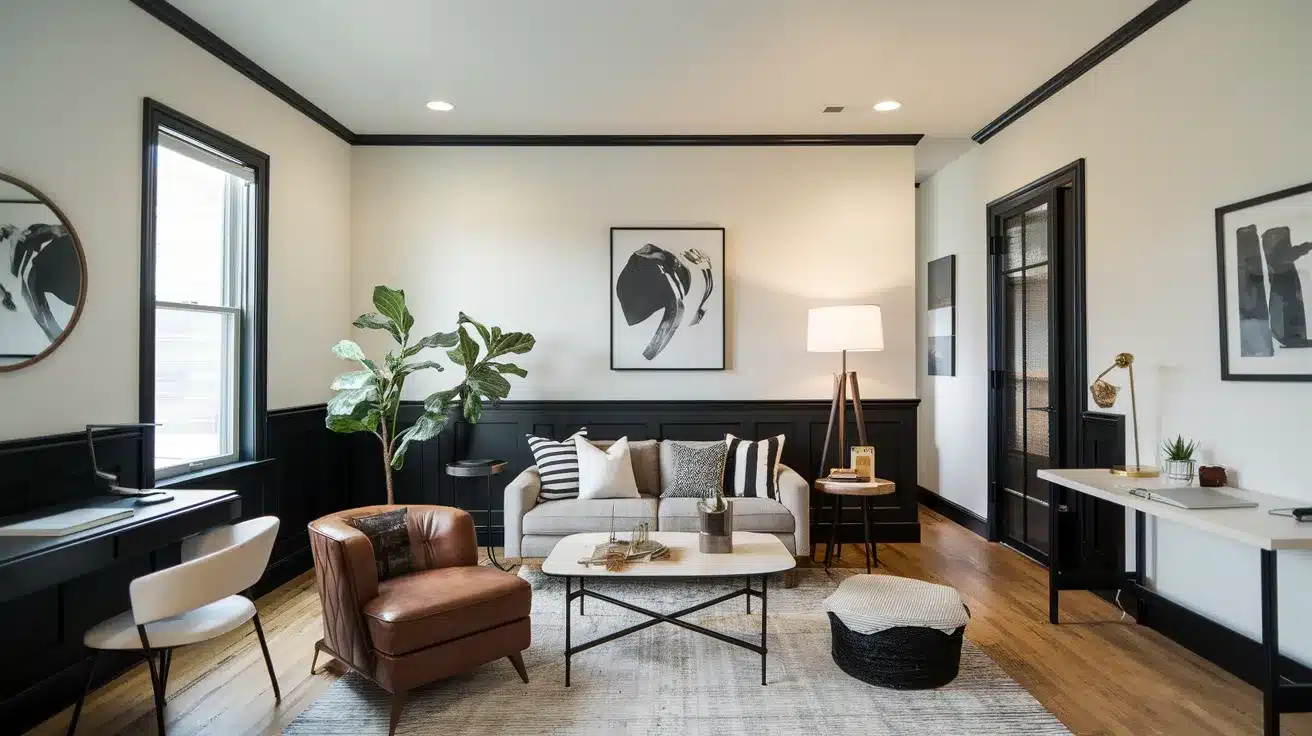
Home remodelling changes your living space while potentially increasing property value. The process demands careful planning regardless of project size.
Home remodelling projects vary widely in scope and complexity. From updating a bathroom to completely reconstructing multiple rooms, each project demands specific planning approaches. Without proper preparation, even small renovations can lead to unexpected costs, delays, and frustration.
When approaching a remodelling project, start by clarifying what you hope to achieve. Ask yourself what aspects of your current space aren’t working for you. Are you seeking improved functionality, updated style, increased space, or some combination? Having clear objectives helps guide all subsequent decisions.
Assessing your home’s current condition is equally important. Look beyond surface-level concerns to examine structural elements, electrical systems, plumbing, and insulation.
Many homeowners find out underlying issues during renovations that must be addressed before cosmetic improvements can begin.
Key Factors to Consider Before Starting a Remodel
Planning a home remodel requires careful thought and preparation. Before starting any work, make sure you think about these important factors that will help your project run smoothly.
- Budget planning: Create a detailed budget with 15-20% contingency for unexpected costs
- Time management: Set realistic timelines (bathrooms: 2-3 weeks, kitchens: 4-8 weeks)
- Permits and codes: Research local requirements early to avoid legal complications
- Contractor selection: Verify licenses, insurance, and references before hiring
- Material choices: Balance quality, cost, and availability for all project elements
Top Home Remodelling Ideas for Every Room
Refreshing your home spaces can be approached room by room, with each area offering unique possibilities for improvement. Here are practical ideas for updating the most important rooms in your house.
Kitchen Remodelling Ideas

The kitchen often serves as the central hub of activity in many homes. Storage solutions remain a key consideration in kitchen design.
Open shelving offers an accessible and visually appealing option for displaying attractive dish ware and frequently used items.
Traditional cabinetry provides more concealed storage, reducing visual clutter and protecting items from dust.
Smart appliances continue to gain popularity, with refrigerators that track groceries, ovens controllable via smartphone, and voice-activated faucets.
These technologies can make cooking and cleaning more efficient.
Bathroom Remodelling Ideas
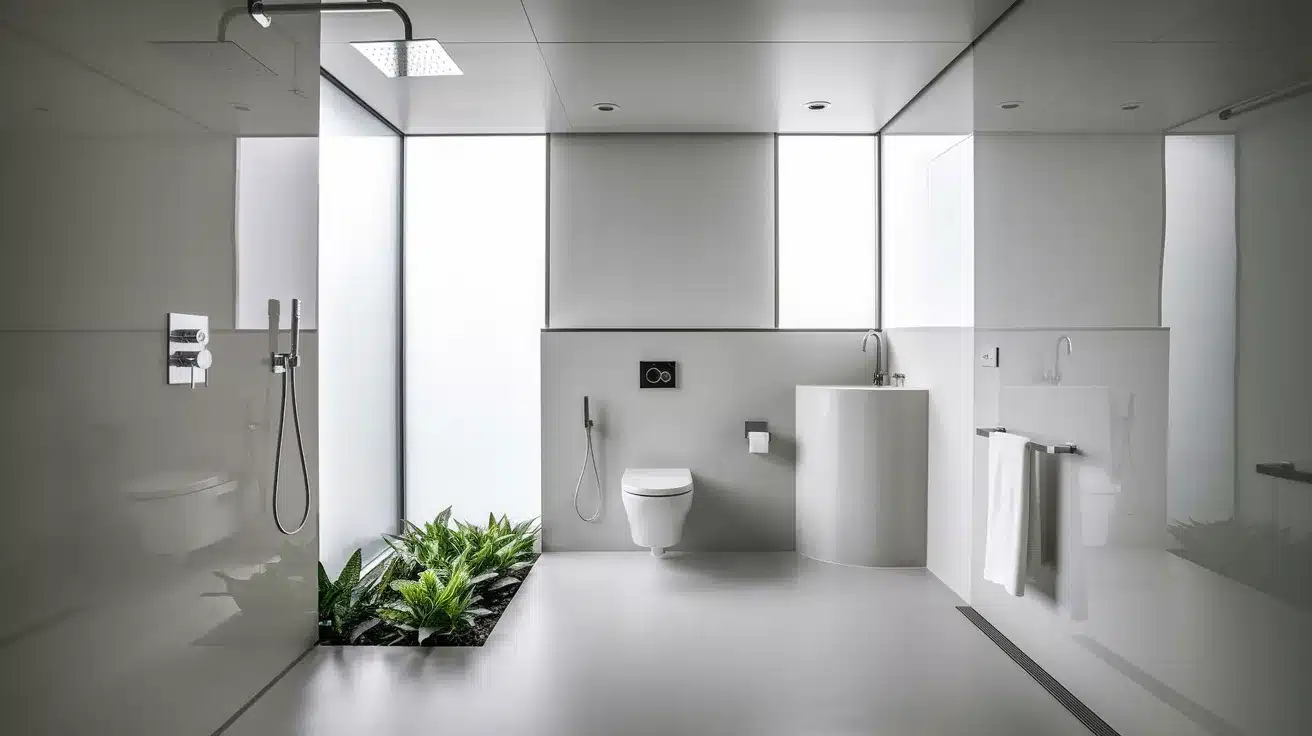
Bathrooms often present space challenges that require creative solutions. Wall-mounted toilets and vanities create the impression of more floor space.
Corner sinks maximize available area in small powder rooms. Modern fixture options include rainfall shower heads, water-saving toilets, and touch less faucets.
Heated flooring adds comfort during colder months without claiming additional space.
Living Room Remodelling Ideas

Living rooms increasingly need to accommodate multiple functions, from entertainment to work. Flexible furniture arrangements allow spaces to transition between uses.
Consider modular seating that can be reconfigured based on needs, or ottomans that serve as both seating and coffee tables.
Built-in storage solutions help manage clutter without sacrificing style. Bookcases, entertainment centers, and window seats with storage can all contribute to a more organized space.
Sustainability in Home Remodelling
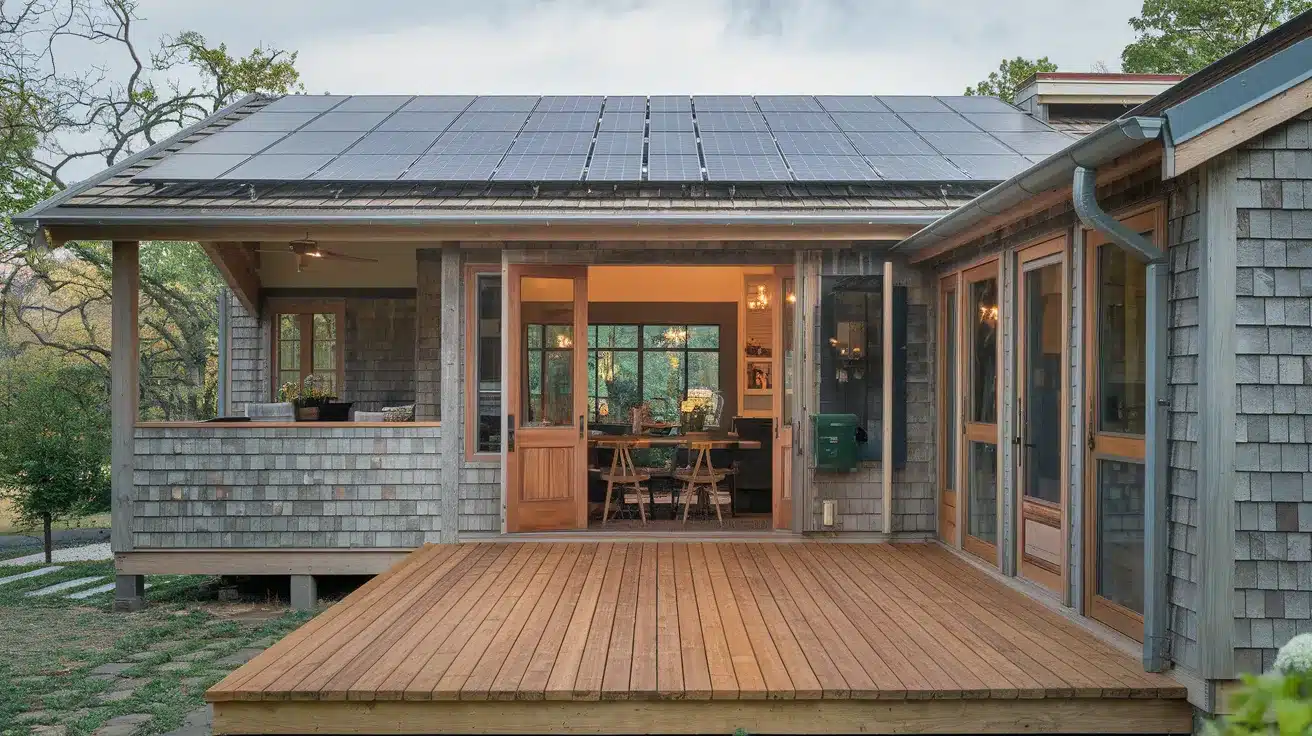
Incorporating environmental considerations into your home renovation creates spaces that are both beautiful and responsible.
Sustainable remodelling approaches benefit your household budget and the planet.
Eco-Friendly Options
Sustainable materials offer durability and reduced environmental impact. Consider bamboo or cork flooring as alternatives to traditional hardwood, as both grow much faster than hardwood trees.
Recycled glass countertops and reclaimed wood bring distinctive character while reducing waste. Low-VOC paints and finishes improve indoor air quality by releasing fewer harmful chemicals into your home.
Energy Efficiency
Improving your home’s energy performance delivers ongoing financial returns through reduced utility bills.
Upgrading insulation prevents heat transfer while energy-efficient windows reduce drafts. ENERGY STAR appliances and LED lighting consume significantly less electricity than older models.
Smart home technologies like programmable thermostats help optimize energy usage patterns.
Waste Reduction
Construction waste constitutes a significant portion of landfill materials. Minimize this impact by salvaging usable items and separating recyclable components from general waste.
Working with contractors who practice construction waste management can help identify additional opportunities to reduce environmental impact throughout your project.
Final Touches to Complete Your Remodel

The construction phase represents only part of the home remodelling process. These finishing steps help turn your newly remodelled space into a cohesive, functional home.
Furnishing and Styling
Select furniture that complements your new space in both scale and style. Measure rooms carefully to ensure pieces fit properly without crowding walkways or doorways.
Choose a color palette that flows throughout the home while adding visual interest. Add textiles like rugs, curtains, and throw pillows to soften the space and improve acoustics.
Cleaning and Organization
Schedule a thorough post-construction cleaning to remove dust from all surfaces, including often-overlooked areas like light fixtures, baseboards, and inside cabinets.
Install practical storage solutions that match how you use each space. Create designated places for frequently used items to maintain order long-term.
Celebrate Your Space
Host a small gathering to mark the completion of your project and share your new space with friends and family.
Take “after” photos to document the changes and help you appreciate the changes you’ve made. Establish simple maintenance routines to protect your investment and keep your remodelled space looking its best.
Common Pitfalls to Avoid During Home Remodelling
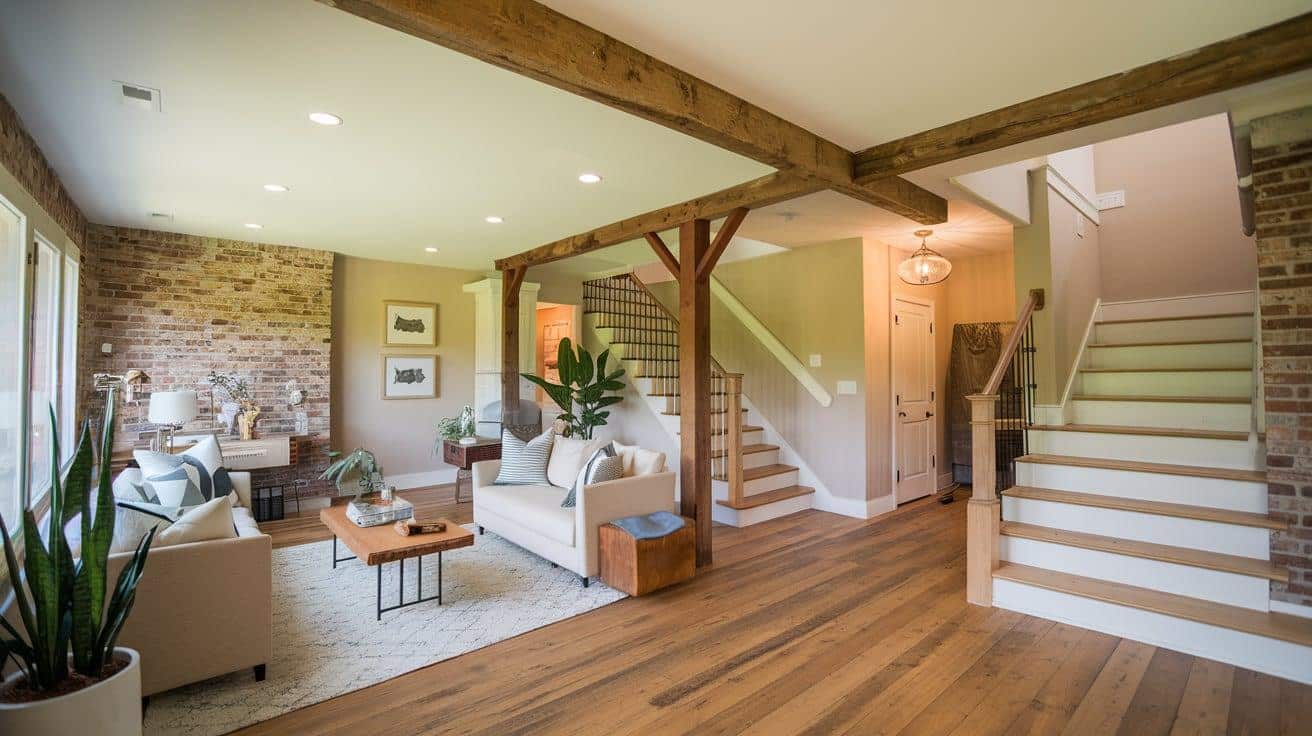
Many homeowners encounter similar challenges during renovation projects. Being aware of these common mistakes can help you avoid costly errors and frustration.
Proceeding without a comprehensive budget is among the most frequent errors. This often leads to financial strain midway through projects, resulting in compromised quality or incomplete work.
A detailed budget should account for materials, labor, permits, and contingency funds. Poor communication with contractors creates numerous problems.
Miscommunications about expectations, timelines, and specifications lead to unsatisfactory results and relationship strain. Regular, clear conversations with your renovation team are essential.
Selecting highly fashionable designs without considering longevity can be problematic. While current trends might look appealing now, they can quickly become dated, potentially affecting your home’s resale value and requiring additional renovations sooner than necessary.
Additional mistakes include underestimating project timelines, skipping permit processes, making too many changes mid-project, and failing to consider how renovations affect adjacent spaces or systems.
How to Avoid These Pitfalls
Create a detailed project plan with specific goals before beginning work. Document your expectations in writing and share them with all involved parties. Include visual references when discussing design concepts.
Plan renovations as part of your home’s overall design scheme rather than isolated projects. Consider both current needs and future possibilities when making significant changes to your living space.
Set a clear communication protocol with your contractors, including regular update meetings and a designated point person for questions. Document all project changes in writing, and maintain organized records of all expenses and modifications.
Conclusion
Ready to change your living space? The path to a great home remodel starts with solid groundwork. Take what you’ve learned here and put it into action, sketch out those ideas, crunch some numbers for your budget, and think about what you really want to change in your home.
Remember that good research saves headaches later. Talk to friends who’ve done similar projects, check out local building requirements, and take your time finding the right professionals to work with.
Your remodel should make your home work better for you, not just look different.
Want more ideas or professional guidance? Check out our other articles or reach out to local remodelling experts to get started!
Frequently Asked Questions
How can I ensure my remodel adds value to my home?
Choose quality finishes that boost appeal, prioritize practical improvements, and select neutral colors to attract potential home buyers.
How long does a typical remodel take?
Single room renovations typically last 4-12 weeks. Complex projects might extend to 3-6 months, accounting for design, preparation, unexpected challenges, and intricate work required for complete change.
Should I remodel one room at a time or tackle multiple rooms?
Evaluate financial resources and comfort with construction. Multiple room updates can streamline processes and reduce overall costs.



